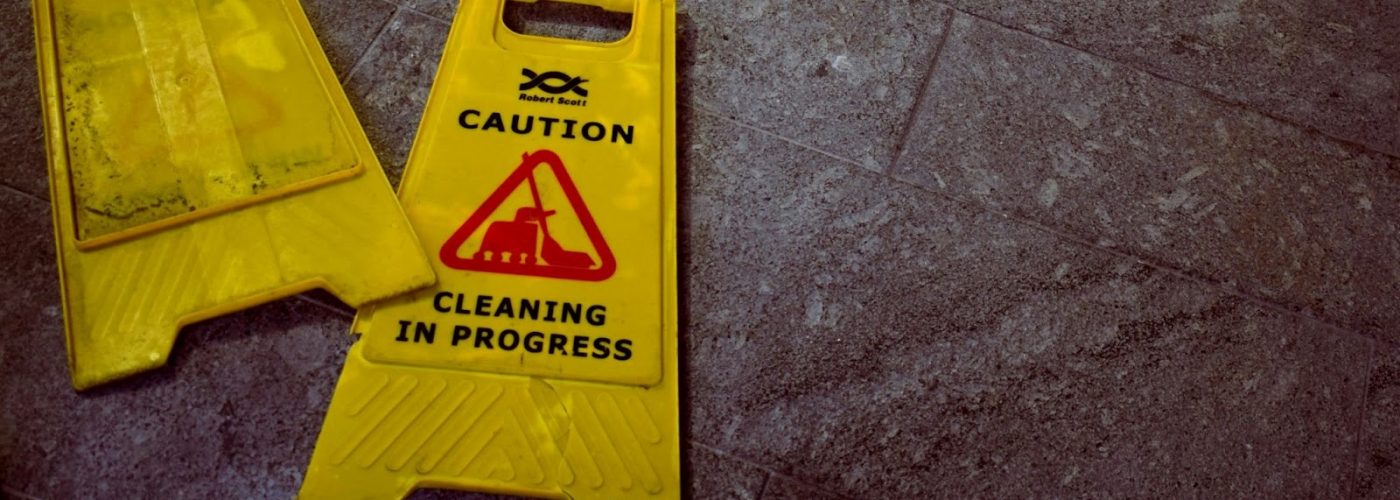In July of this year, the British Safety Council announced their concerns at the continued rise in work-related deaths in Britain. This alone makes it clear that business owners across all industries, including construction, need to take active steps to prevent on-site accidents and injuries.
One way in which you can achieve this goal is by ensuring that you maintain strict health and safety standards across all sites you’re working on, whether that’s a factory environment or a construction site. Here’s some advice on how you can do exactly that!
Provide your team with comprehensive training. When training new employees, the focus is often on getting them up to speed with their role so that they are able to work effectively. However, you should also ensure that they understand the importance of on-site health and safety and know the steps that they must take to uphold these standards. In addition to providing them with comprehensive health and safety training, you should also make sure they can access a guidebook that outlines your protocols and practices whenever they need to refresh their knowledge.
Additional training should be offered annually as part of knowledge refresh or whenever new equipment or tools are introduced to your team. You should also ensure that all employees receive basic first aid training. This way, in the event of an accident, they can carry out basic (but sometimes life saving) tasks while waiting for emergency services to arrive.
On the topic of accidents, you should be sure to have a clear policy in place that employees should follow in an emergency. For example, it should detail who they should contact and how to sound the alarm.
Improve indoor air quality. Poor indoor air quality can cause employees to develop a wide range of respiratory health conditions, many of which can prove to be dangerous if left untreated. While you should always encourage employees to wear the appropriate PPE to prevent this, such as masks, you should also make a concentrated effort to improve indoor air quality. For example, you should work directly with engineers specialising in air dispersion modeling to ensure your facilities are up to scratch.
Invest in PPE. Investing in high-quality PPE is also critical when it comes to ensuring the best interests of your staff are protected, no matter what kind of work they are engaging in. This should include everything from high-vis jackets and clothing to the right footwear. You can ensure that this gear is branded in order to build a stronger sense of comradery among employees and strengthen your brand image.
You should also ensure that you’re aware of the lifespan of specific PPE items so that you can replace them as often as necessary.
Keep up to date with the latest regulations. Keeping up to date with the latest regulations ensures not only that your health and safety practices are as refined as possible, but it also protects you should an accident take place, as you can prove that you’ve taken the necessary steps to adhere to these guidelines. Otherwise, you could be facing hefty fines and criminal charges as a result of employer negligence.
If you are unsure as to which regulations or laws you need to abide by, you may wish to consult with a lawyer who can provide you with some assistance or guidance. This will give you much greater peace of mind moving forward, while also ensuring that you’re protecting your employees.
Invest in the appropriate signage. When working on a construction site, there are various health and safety regulations that must be abided to at all times. Having the appropriate signage in place is crucial, even when employees may have been working within the industry for some time and know exactly what to do.
Conduct regular risk assessments. Conducting regular risk assessments is also integral to creating a safe workplace for your employees. This is because it provides you with ample opportunity to identify potential hazards, and put plans in place to eliminate or reduce the risk associated with them. If these hazards go unaddressed, then you are putting your team (and your business at large) at risk.
Ideally, you should conduct a risk assessment each time you work on a new construction project, as every site is different and could present different challenges. If projects stretch out for several years, annual risk assessments are necessary. If you do not have the time to conduct these tests yourself, then you should appoint a health and safety officer within your team.





